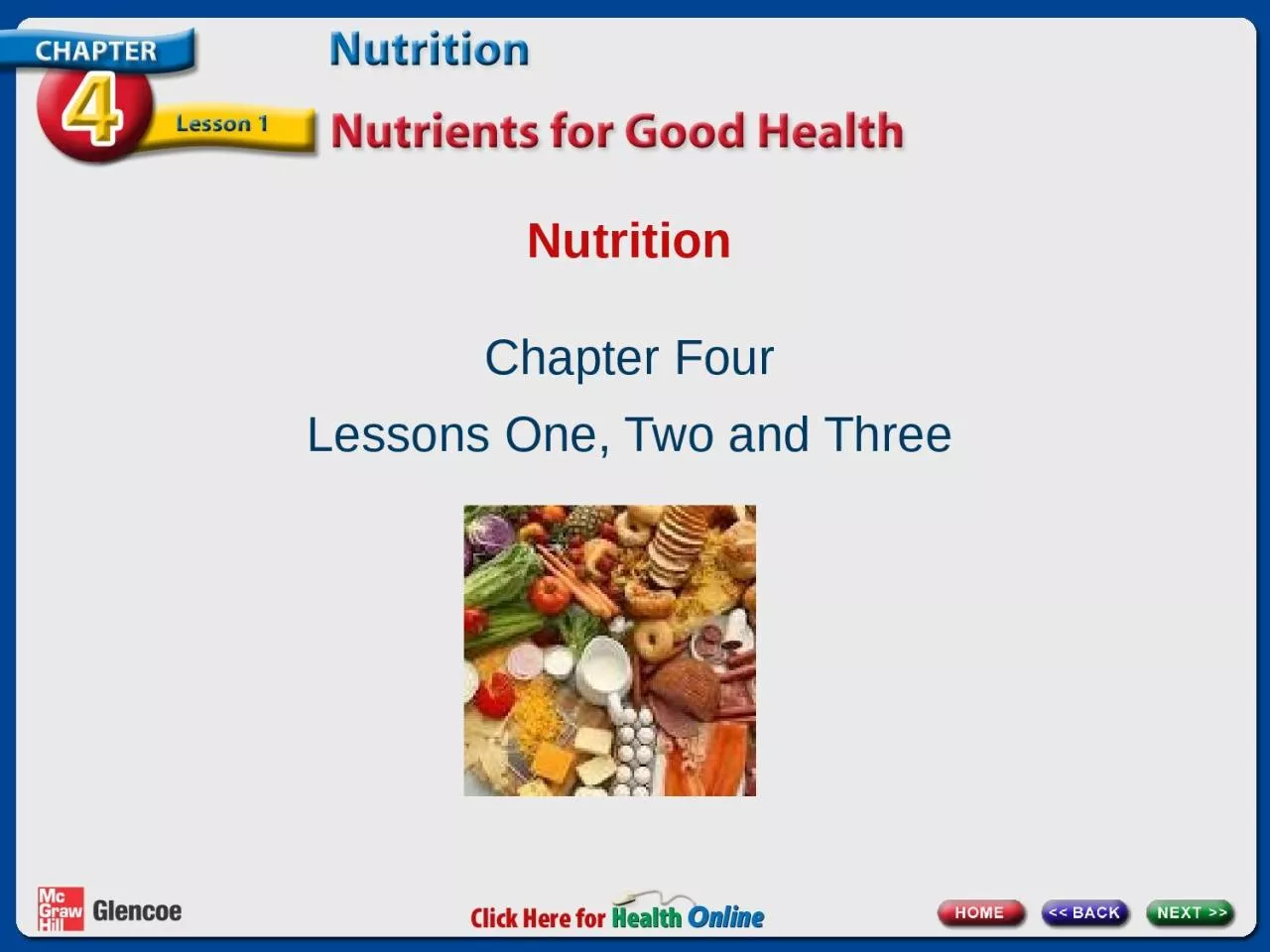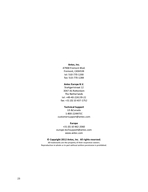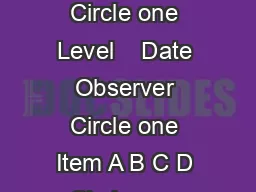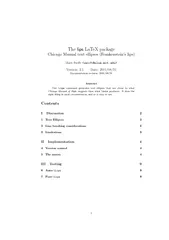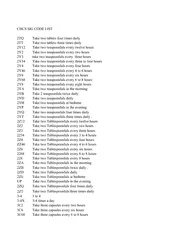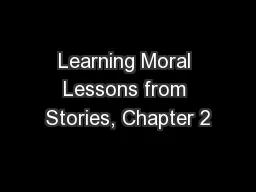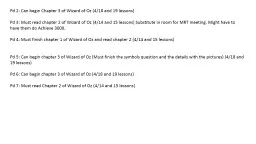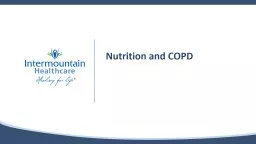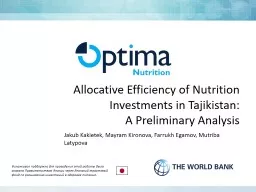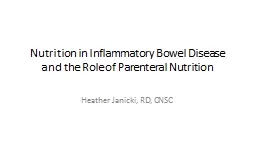PPT-Nutrition Chapter Four Lessons One, Two and Three
Author : SugaryDreams | Published Date : 2022-08-02
What Nutrients Do You Need Your body needs the nutrients in food to perform the activities of daily life nutrients Substances in foods that your body needs to grow
Presentation Embed Code
Download Presentation
Download Presentation The PPT/PDF document "Nutrition Chapter Four Lessons One, Two ..." is the property of its rightful owner. Permission is granted to download and print the materials on this website for personal, non-commercial use only, and to display it on your personal computer provided you do not modify the materials and that you retain all copyright notices contained in the materials. By downloading content from our website, you accept the terms of this agreement.
Nutrition Chapter Four Lessons One, Two and Three: Transcript
Download Rules Of Document
"Nutrition Chapter Four Lessons One, Two and Three"The content belongs to its owner. You may download and print it for personal use, without modification, and keep all copyright notices. By downloading, you agree to these terms.
Related Documents

